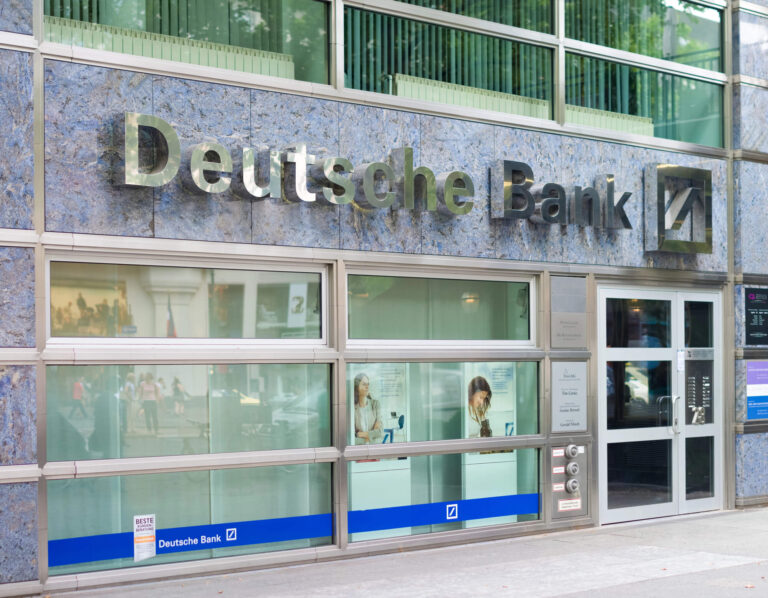Stablecoins are cryptocurrencies that are pegged to fiat currencies such as the US dollar. Issuers maintain this peg through various mechanisms. However, Deutsche Bank suggests that many of today's dominant stablecoins, such as Tether (USDT), could collapse in the future.
In a report, Deutsche Bank analysts examined 334 currency pegs in the fiat world since 1800, with only 14% of these attempts surviving. This insight also applies to stablecoins. Most of these cryptocurrencies pegged to the US dollar have no future. Deutsche Bank therefore expects "significant turbulence" for established stablecoins such as Tether (USDT).
Tether: The Next Terra/Luna Collapse?
Deutsche Bank begins its stablecoin report by reflecting on the devastating collapse of the algorithmic stablecoin Terra/Luna. According to analysts, a "bank run" led to the demise of the LUNA cryptocurrency, causing the tethered TerraUSD (UST) stablecoin to collapse. In March 2023, the market was further destabilized by the collapse of Silicon Valley Bank (SVB), causing the USDC stablecoin to lose its peg for two days. And in January 2024, TrueUSD (TUSD) deviated from its 1:1 peg. According to Deutsche Bank analysts, these incidents illustrate the volatility and risks associated with stablecoins.

Survey respondents do not expect a rosy future for stablecoins / Source: Deutsche Bank survey of 3,350 respondents
The bank also looks at the similarities between non-algorithmic stablecoins and fiat currencies with fixed exchange rates. Both require substantial reserves and credibility from issuers, are subject to speculative forces, and most stablecoins and historical currency pegs are tied to the USD. The fact that nearly 50% of all exchange rate pegs have failed, with an average lifespan of eight to ten years, is also indicative of the future of stablecoins, according to Deutsche Bank analysts.
Deutsche Bank compares apples and oranges
History suggests further turbulence and loss of support for leading stablecoins. While some may survive, Deutsche Bank believes most stablecoins will fail. The main reasons cited are a lack of transparency in stablecoin operations and vulnerability to speculative tendencies. The stability of the market leader Tether is particularly questionable. The solvency of the issuer is doubtful, as USDT is the industry standard for crypto derivatives. A "Tether peso moment", a reference to the collapse of the peso's peg to the dollar in the 1990s, could have serious implications for the crypto ecosystem.
While some questions about Tether's reserve reports remain unanswered, as previously discussed by the CVJ.CH editorial team after the SVB crisis, Deutsche Bank's stablecoin report compares apples to oranges, and even oranges to apples. First, a clear distinction must be made between algorithmic and collateralized stablecoins. Algorithmic stablecoins use various, often volatile market mechanisms to maintain a quasi-peg. Since the Terra/Luna debacle, this type of dollar token has largely disappeared.
Collateralized stablecoins, on the other hand, are issued by centralized issuers. For each token, the issuer holds one dollar in reserves, consisting of a mix of securities such as U.S. Treasury bonds and cash equivalents. Each stablecoin can then be exchanged with the issuer for fiat currency. No central bank has maintained this standard of full reserves since the demise of the gold standard. Thus, the collapse of fixed exchange rates is much more applicable to algorithmic stablecoins, which also do not use dollar reserves.








